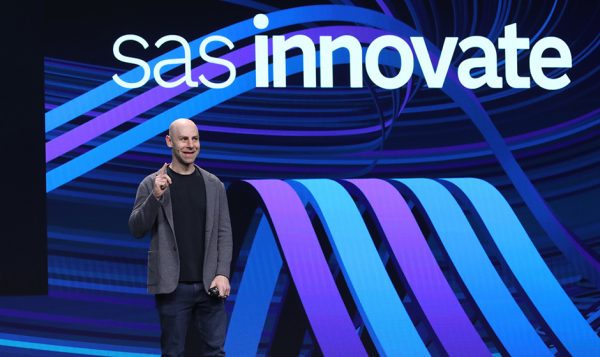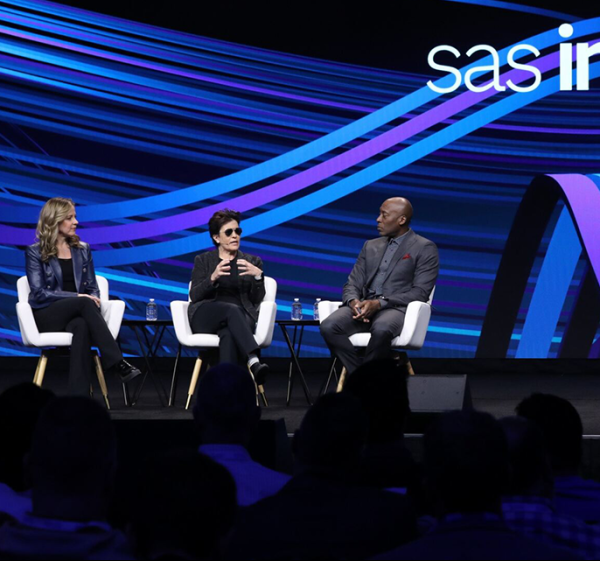My last post, Pitching analytics: recommendations on how to sell your story, discussed the steps I consider when winding up for an analytics pitch. In part 2 of this series I share the tips and tricks I have acquired for throwing strikes for during your analytics pitch. Like everyone, sometimes I throw more balls than strikes, so the post concludes with some of the potential pitfalls.
How to Ace the Delivery
1. Craft a story about why the problem is important: I tell Ph.D. and masters students to create two pitches for the same research, one to industry and one to academics. My academic research used secondary market college football tickets to answer some pricing questions. The two pitches were:
To Academics: A monopolist pricing a differentiated good to a heterogeneous population should be able to charge marginal valuation on quality sufficiently high to induce optimal sorting. I use secondary ticket market data to test this hypothesis.
Industry: If the Mets need to figure out how to price their lower level and upper level seats to their playoff games (Go Mets!), let’s go scrape some data from Stubhub.com to see how the market pays for better seats.
2. Interpret for the purpose: You ran your model for a reason. Make sure you explain it with that in mind. If you run a regression to estimate a marginal effect, be sure to print your results in that form and talk about that part of your model.
3. Conclusions and Counterfactuals: A strong conclusion will set the tone for implementation and next steps. The most important component of the conclusion and the sale will be the counterfactual. That is, in the absence of intervention, what would have happened? E.g. The statistical forecast had X% less excess inventory than the judgmental forecast.
How to walk the batter: Surefire ways to lose your audience
Here are some potential pitfalls, from my own experience.
1. Talk about the brand of software you used: SAS, Stata, R, MATLAB, Octave, ILOG CPLEX, SPSS, ArcView, eViews, etc can all do most statistical or optimization routines. Some might be faster or simpler to use for a particular purpose, but this won’t sway your audience. Instead, talk about the methods and the solutions.
2. Talk about the complexity or elegance of the solution: Only academics care about the difficulty of the solution or how “elegant” it is. In fact, as long as the objective is met, the simpler the solution the better.
3. Only talk about work you, and you alone, did in entirety: Present the work with a sense of ownership. You must present the work from a position of authority. Be sure to highlight that multiple people worked on the project but present your findings on behalf of your team. Your audience needs to know that YOU own the results. This skill may take time to develop. It is NOT dishonest to take ownership of a project that was a team effort. Most statistical results I present were created by someone on my team. My contribution tends to be in problem definition, data acquisition or interpretation. This is a skill that the best analytics leaders have mastered. Excel at pitching others work. (Graduate school training tends to discourage the development of this skill.)
4. Talk about how smart you are: This arrogance is something that many people lose in graduate school. For others, this mental invincibility persists. Instead, when presenting work, be confident but humble. Those letters behind your name mean you know what you are talking about. Your audience doesn’t need to be reminded.
5. Use “jargon” specific to only your discipline: This is the most important warning I offer. Instead, if you are talking about an optimization solution, do not say minimax but rather, “here we attempt to minimize the maximum loss” or similar. A smart but lay audience understands the latter.
Well, that was my list of ways to throw more strikes than balls. What did you like? What tips did I miss? Please feel free to include your favorite tips in the comments sections below. I will be in Las Vegas next week for the Analytics 2015 conference, where I'll be leading a table talk on selling analytics to management. If you are attending the conference, please stop by and let me know if this helped and what I might want to add to my list.
Image credit: photo by Tom Thai // attribution by creative commons







